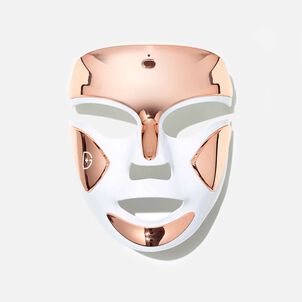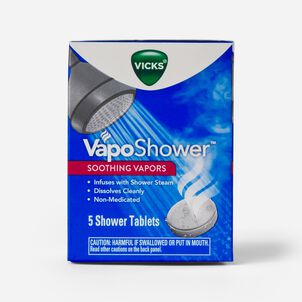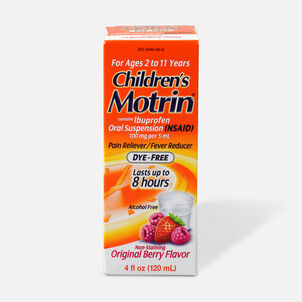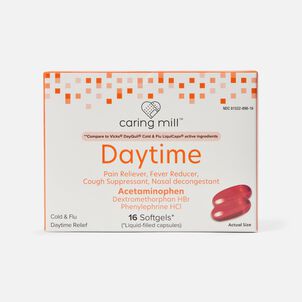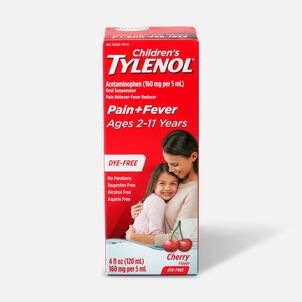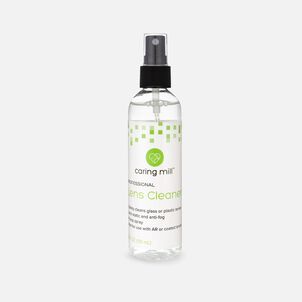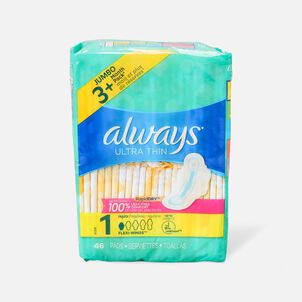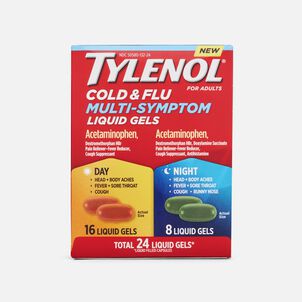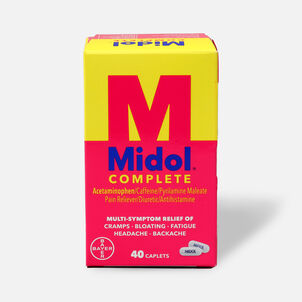Good things come to those who wait. It's an old saying, but when it comes to your health savings account (HSA) truer words have never been spoken. This is because HSA owners over age 55 have the chance to add an extra $1,000 to their HSAs each year above the annual contribution max (currently $4,150 for individuals and $8,300 for families in 2024), thanks to the allowance of catch-up contributions.
Not only do these contributions help your HSA keep pace with age and medical care needs, but they might even benefit you in 10 years, when it's freed up to be used for whatever expenses you may have, medical or not.
Let's backtrack a minute to dive into the details a little deeper.

How does this catch-up work?
The $1,000 catch-up total allows you to reduce your taxable income while increasing your HSA balances as you get closer to retirement. Keep in mind that this contribution belongs to your household's HSA holder -- typically you or your spouse.
If you're the account holder, and turned 55 or older by December 31 of the tax year, and are not enrolled in Medicare, you're eligible to contribute an additional $1,000 to your HSA for that year above your annual max. Keep in mind that this is based on the account holder's age -- no matter how much older you might be than your spouse, if they own the account and are under 55, catch-up contributions can't be made.
If you're married and both you and your spouse have separate HSAs, each of you are eligible to make $1,000 catch-up contributions.
What if I just opened an HSA?
If you're enrolled in a qualifying high-deductible health plan (HDHP) for the entire plan year, you're eligible to contribute the full $1,000 catch-up amount, no matter when your birthday is. Yes, even if your birthday falls on New Year's Eve.
Even better, if you only enrolled in an HDHP for part of the year, you can still prorate the catch-up amount by the number of months you had qualifying coverage, as long as you turn 55 before the end of the year.
That might not seem like much now, but remember how flexible that money becomes once you turn 65, when you can use HSA funds for any expense, not just medical needs. Of course, you'll still be taxed on any non-medical expense (just like ordinary income), but it's a far better option than paying stiff penalties for withdrawing this money sooner.
But that doesn't mean the catch-up contribution itself is reduced. Even if you turn 55 on December 1, but have qualifying coverage for the entire year, you can still make the full $1,000 catch-up without concern.
If you have a late year birthday, you don't need to worry about rushing to make the $1,000 catch-up contribution before the holidays begin. Like other retirement accounts, you have until April 15 of the following year to complete the contribution.
Let's see a quick example…
To show how this might play out, let's look at Harriet. For the first half of the year, she was enrolled in a qualifying HDHP, since she's healthy and wanted to keep her premiums down. But at the end of June, she turned 65 and decided to enroll in Medicare from July 1 forward.
By enrolling in Medicare, she's no longer eligible to make HSA contributions from July onward, but she can still make prorated contributions for the months she was covered under an HDHP.
Bottom line? Patience has its virtues. And HSAs offer a lot of extra benefits for those looking to set aside money for future health needs. Even if you're relatively new to health savings accounts, once you turn 55 your contributions can get a nice boost to help you "catch up" to healthier savings for retirement.
—
Thank you for visiting the HSA Store Learning Center. Don’t forget to follow us for more helpful tips on Facebook, Instagram, and Twitter.

.png)
